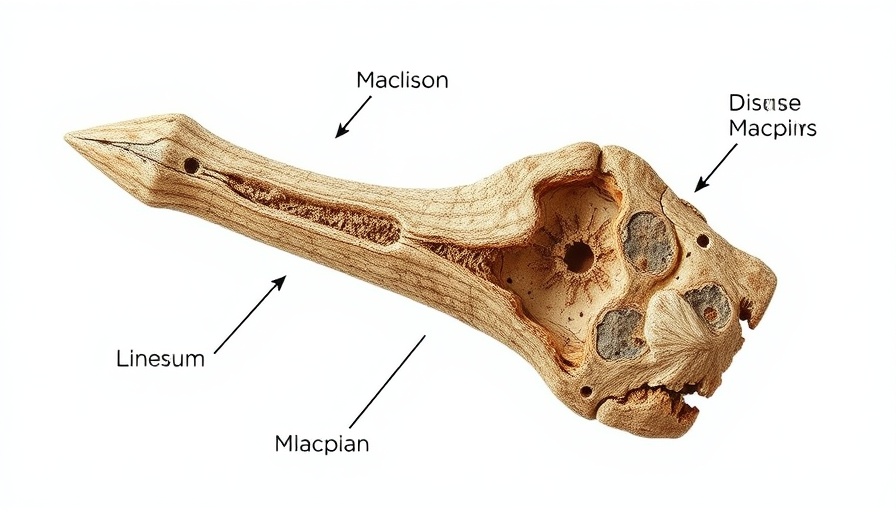
Uncovering the Past: The Healing Stories of Giant Dinosaurs
Dinosaurs, particularly the colossal sauropods, have always captivated our imaginations. Known for their immense size and fascinating behaviors, these long-necked giants were not invincible, as recent discoveries in Brazil reveal. Fossils unearthed in Ibirá, São Paulo, suggest that even these titans of the past were susceptible to fatal diseases, thereby challenging the preconception of their unparalleled dominion over land.
Insights from Brazilian Fossils: A Glimpse into a Forgotten Era
The fossilized remains of six sauropods, dating back around 80 million years, exhibited clear signs of osteomyelitis—an inflammatory bone disease caused by infections from various pathogens. This discovery indicates that the health of these magnificent creatures was compromised by illnesses, contrary to the popular belief that dinosaurs moved through their environments unchallenged by such vulnerabilities. Tito Aureliano, the lead researcher, elaborated on the difficulty of healing seen in the fossils, explaining that none exhibited signs of recovery; a key point that suggests an aggressive progression of the disease.
Concerning Patterns: What the Bones Reveal About Disease in Dinosaurs
Examination of the bones revealed distinct patterns of osteomyelitis, showcasing how the disease altered the structure of the bone. Utilizing advanced microscopy techniques, researchers identified three types of lesions—small circular bumps, fingerprint-like protrusions, and large, dome-shaped areas. These findings illustrate varying impacts of infection on individual bones and indicate that the disease was active at the time of death.
The Broader Implications of Dinosaur Disease: A Reflection of Their Environment
According to Aureliano, the close proximity of the fossils suggests that the region may have provided an environment conducive to disease spread. This finding mirrors observations in modern ecosystems, where overcrowding or environmental stressors lead to higher disease incidents among animal populations. The implications of these diseases on the social structures of these dinosaurs remain unknown, but they could provide insights into their survival strategies or even contribute to understanding why certain species may have declined.
Lessons from the Past: Understanding Survival in the Animal Kingdom
The realization that dinosaurs—once viewed solely as apex survivors—faced critical health challenges is a powerful reminder of the delicate balance of life on Earth. Past events shape present-day ecosystems. These findings can lend perspective on how contemporary species, including humans, navigate health crises and face the ongoing battle against infectious diseases stemming from environmental factors.
A Call for Further Exploration: What Lies Beneath
While this study reveals intriguing aspects of sauropod life, it opens the door for future research. By investigating other fossilized remains in the area, scientists can uncover a broader understanding of the health challenges these creatures faced. Understanding the evolutionary responses of these dinosaurs may offer parallels to how modern species—including humans—adapt and survive.
As we learn more about the complexities of ancient life through fossil evidence, it is crucial to stay engaged with ongoing paleontological research. These studies do not just reveal our Earth's prehistoric inhabitants but offer lessons relevant to our present and future.
 Add Row
Add Row  Add
Add 




Write A Comment